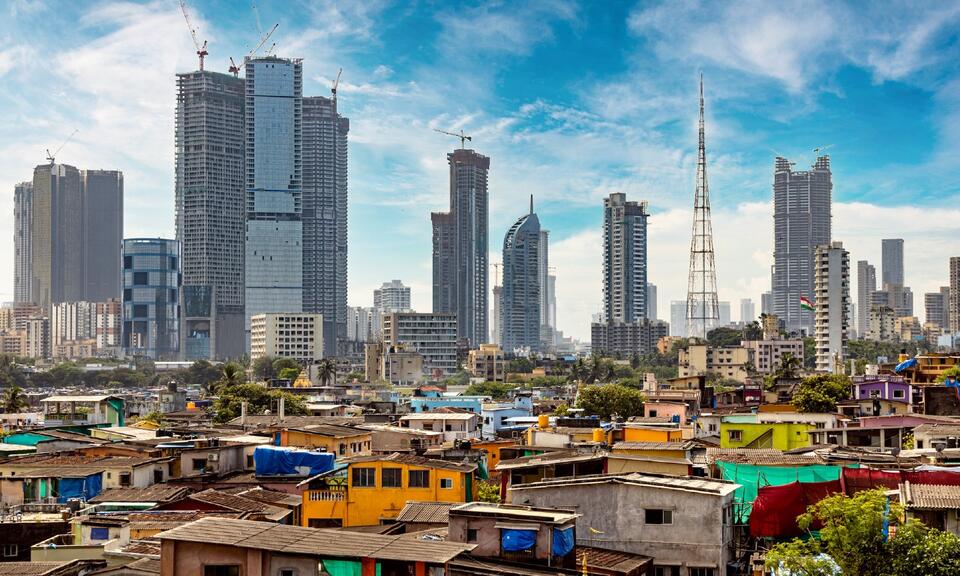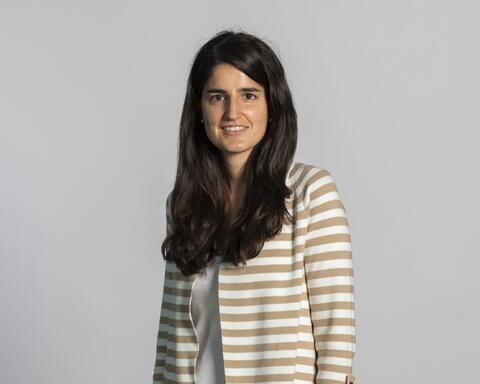
Written by
Published
Category
Key topics
Poorer children across the world face worse prospects than their more privileged peers. Here’s what India can teach us about the economic and moral challenge of social mobility.
Across the world, children born to richer parents tend to fare better than their poorer counterparts. Richer children will get more education, earn more and live longer. But decades of research into upward mobility – how far the lives of poor children lag behind those of the rich – have shown that life chances remain a lottery of location and situation. Denmark has much higher mobility than the US. White kids growing up in Salt Lake City have much higher mobility than similar African American children growing up in Atlanta.
Much of what we know about mobility has come from wealthy, Western countries. One particular barrier to better understanding mobility around the world is the lack of data: while detailed tax records have allowed impressive progress in the study of upward mobility in richer countries, these records simply don’t exist in most lower- and middle-income countries. To fix this, we have assembled a wealth of new data in India and developed new econometric methods to improve the measurement of upward mobility in poorer countries.
Community is key
Despite massive economic, social and political changes in India over several decades, upward mobility hasn’t budged. A child born at the bottom has the same dismal prospects of rising through society as ever before.
Nonetheless, rapid and sustained economic growth in India since the 1980s has left most people better off. Individuals are living longer, fewer households live in poverty, and both boys and girls can expect substantially more education than their parents received. But upward mobility – the extent to which the circumstances of birth determine one’s place in society – has not changed.
Affirmative action may be playing an important role in the increasing mobility of Scheduled Castes
Of course, averages are only part of the picture. India is a massive country of 1.4 billion people, with hundreds of languages, thousands of distinct communities, 600,000 villages and 8,000 towns. We use rich data from multiple sources to reveal the particular circumstances that give disadvantaged children the greatest chance of getting ahead.
First, community matters enormously. Within India’s hierarchical society, privileged castes enjoy greater and more sustained mobility compared to other groups. Scheduled Castes, historically referred to as Untouchables or Dalits, fall far behind but have managed to close some of the gap with those higher up the social hierarchy. It’s the same story for India’s indigenous Scheduled Tribes, although their progress in closing the mobility gap has stalled in recent decades.
Muslims in India
By contrast, India’s Muslims are actually falling behind. While their mobility was once roughly on a par with Scheduled Castes, they are now behind by a wide margin. To put the plight of India’s Muslims into international perspective, their upward mobility is now even lower than that of African Americans in the US.
What explains the large mobility gap that has opened between India’s Scheduled Castes and Muslims? Both are highly segregated and face widespread discrimination. We’ve considered a number of potential explanations such as family size, different traditional occupations and where they live, but these can’t explain the disparities.
One particular barrier to better understanding mobility around the world is the lack of data
Instead, our evidence suggests affirmative action may be playing an important role in the increasing mobility of Scheduled Castes. Since India’s independence in 1947, Scheduled Castes across India have received a range of benefits aimed at lifting their social and economic status. These include reserved positions within the public sector, politics and universities but also educational benefits such as scholarships.
Muslims, however, benefit from no such affirmative action. We’ve found the educational gains made by Scheduled Castes as a result of affirmative action are roughly equal to the mobility advantage they now have over Muslims.
An economic and moral challenge
In new work, we’re taking this agenda one step forward by understanding how local factors shape children’s outcomes. We find India to be highly segregated, in both rural and urban areas. Neighbourhoods inhabited by large numbers of people from marginalised groups are far less likely to receive government schools and health centres than neighbourhoods occupied by more privileged communities.
Children in these marginalised districts receive less education than those born to similarly poor families elsewhere. While it’s clear neighbourhoods have a significant impact upon the lives of the poor in India and around the world, we need to know more. How can we build the kind of local communities that create upward mobility for all, regardless of class, caste, community, or creed?
All children deserve a chance to realise their potential. Sadly, the dice are loaded: across most of the world, poorer children face worse prospects than their more privileged peers. Our research is just scratching the surface of this vast and complex problem. But by establishing some basic facts, developing new methodologies, and making a wealth of data available for the first time, we hope to shine a spotlight and encourage further work on one of the greatest economic and moral challenges of our time.
This article draws on findings from "Intergenerational Mobility in India: New Measures and Estimates Across Time and Social Groups" by Sam Asher (Imperial College London), Paul Novosad (Dartmouth College) and Charlie Rafkin (MIT). To learn more about the range of work on access to opportunity, and the big new data sources on some of the biggest challenges in economic development, visit Sam Asher’s personal website and the Development Data Lab.



